TRADES THAT ARE DIFFICULT TO EXPORT - THE JOURNEY OF TWO "ARCHITECTS"
April 1, 2023
Project by: atelier KL
Karim Ladjili is an architect in Los Angeles County. He moved to California twelve years ago to be near his wife’s family in Southern California. He founded his own architectural firm, Atelier KL, where he works on residential and commercial projects. His background is a little atypical, and he tells us about his professional expatriation to California.
Dorian Bernard is a project designer in Los Angeles County. He arrived at the end of 2018 to intern at a designer-architect firm in Malibu before finishing his architectural studies in France. Dorian now works on residential, remodel and new construction projects. He specializes in construction in high-risk fire zones. He talks about his path to becoming an architect in California.
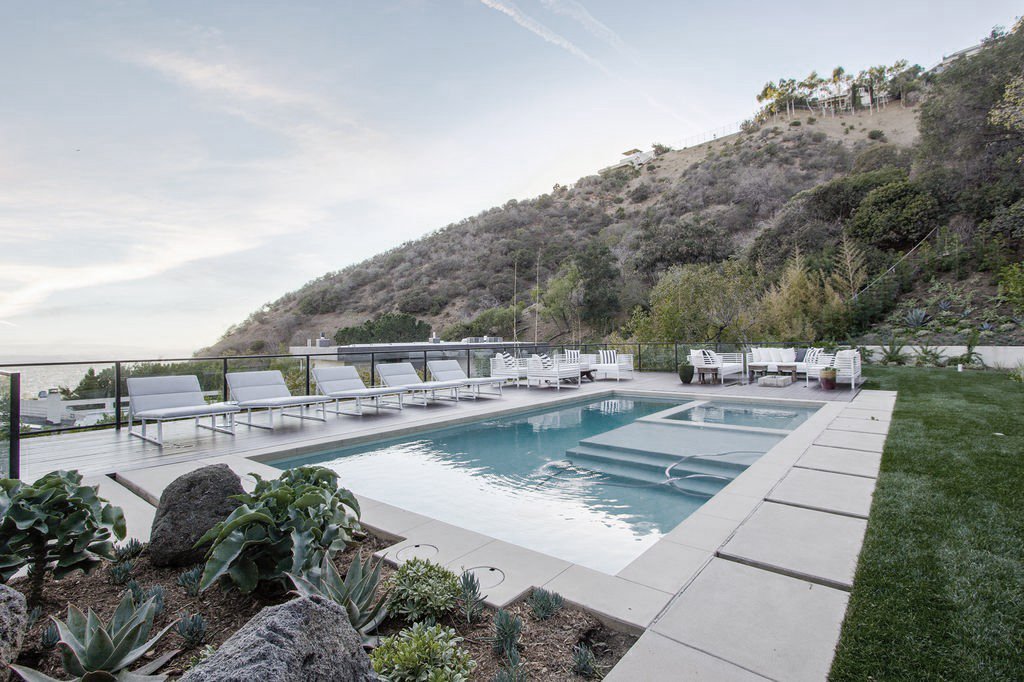
Project by: atelier KL
BACKGROUND PRIOR TO ARRIVAL IN THE UNITED STATES
Born to a French mother and Tunisian father, Karim grew up in Tunis and attended university in France, in Strasbourg and Grenoble. He began his career as an architect with an architectural firm in Paris, France, working mainly on public projects. He has been particularly involved in projects to develop a large public square: Place de la Brèche in Niort, an archaeological site in Dmanisi, Georgia, and the National Art Gallery in Singapore. His professional career has taken him to Morocco and South-East Asia, when the French agency he worked for moved to Singapore. For family reasons, Karim moved to California.
Originally from south-west France, Dorian studied at the Montpellier School of Architecture. Architectural studies in France are divided into three cycles: Licence, Master and HMONP, l’Habilitation à la Maȋtrise d’œuvre en Son Nom Propre. After his Bachelor’s degree, he took a gap year (1). He decided to go abroad for a six-month internship and discover a new country. Attracted by the Mid-Century Modern architecture of the USA and with a strong desire to travel, Dorian found an internship with an architectural design firm in Malibu.
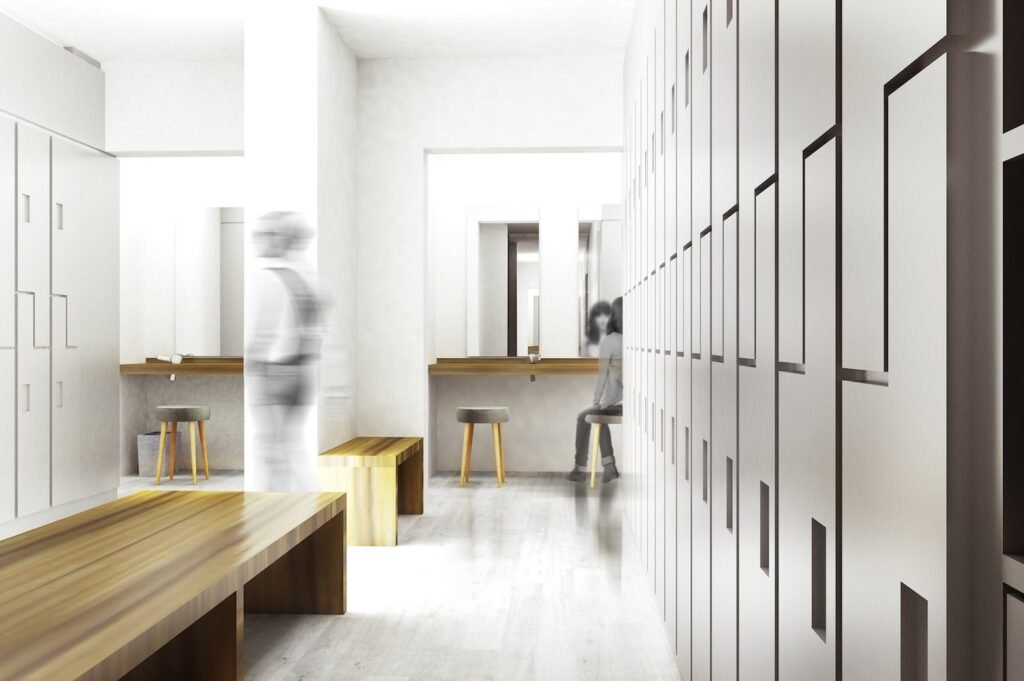
Project by: atelier KL
DID YOU RESEARCH THE PROFESSION OF ARCHITECT BEFORE MOVING TO THE USA?
Karim’s wife, who is American, lived with him in France and followed him to Singapore. They decided to come to California where his wife’s family lived. Karim had time to do some research. There’s a lot of information available online about working as an architect. The AIA American Institute of Architects website is a good resource. However, it was in the field that things became clearer.
Dorian had not originally intended to settle in the USA. He was going to gain professional experience in California and discover a new culture and the great outdoors. Following a proposal for a two-year specialized training course in construction in high-risk fire zones, where he did his internship, he looked into the equivalences for the profession of architect, the steps to take to become an architect in California, possibly applying to a school of architecture, but also contacting the Ordre des Architectes in France about returning after a few years in the USA. The possibility of returning to France also weighed in her decision to stay in the USA. After contacting the Ordre des Architectes in France, Dorian could return to France if he wished, and practice as an architect in France if he met a few conditions, which were much easier than in California.

Project by: atelier KL

Project by: atelier KL
ARE THERE ANY EQUIVALENCES BETWEEN FRANCE AND THE UNITED STATES?
According to Karim, France and the United States do not recognize each other’s diplomas. Both countries give a university degree, but not enough to practice in either country. In the USA, you need a license to practice. To do this, you have to go through a sponsorship system, work under the guidance of an architect licensed in the USA for several thousand hours and pass seven exams. The process is lengthy and can be daunting for many. A license is not required to work in an agency. On the other hand, and this is not necessarily said online, you can work as an architect under the name of designer for residential projects of two floors and a basement, without needing a license. To work on projects with more than two levels, a structural engineer will have to sign off on the designer’s plans. For commercial projects, a licensed architect will have to check and take responsibility for the plans, which is easily done.
For Dorian, who holds a bachelor’s degree in architecture from France, the French diploma is not easily recognized in California. He found himself limited in his ability to practice as an architect. To become an architect in California, you need to obtain a professional architectural license. He was able to validate his French diploma (Licence en architecture) and his experience in the Californian office. But to earn the right to be called an architect, he still has to complete six exams and 3,740 hours of professional experience, supervised by a nationally registered architect before passing a final exam specific to California. The most difficult part is getting these hours validated by an architect. This represents a year and a half of projects under the supervision of an architect. It’s tricky to find someone and also to juggle your professional life with these hours.
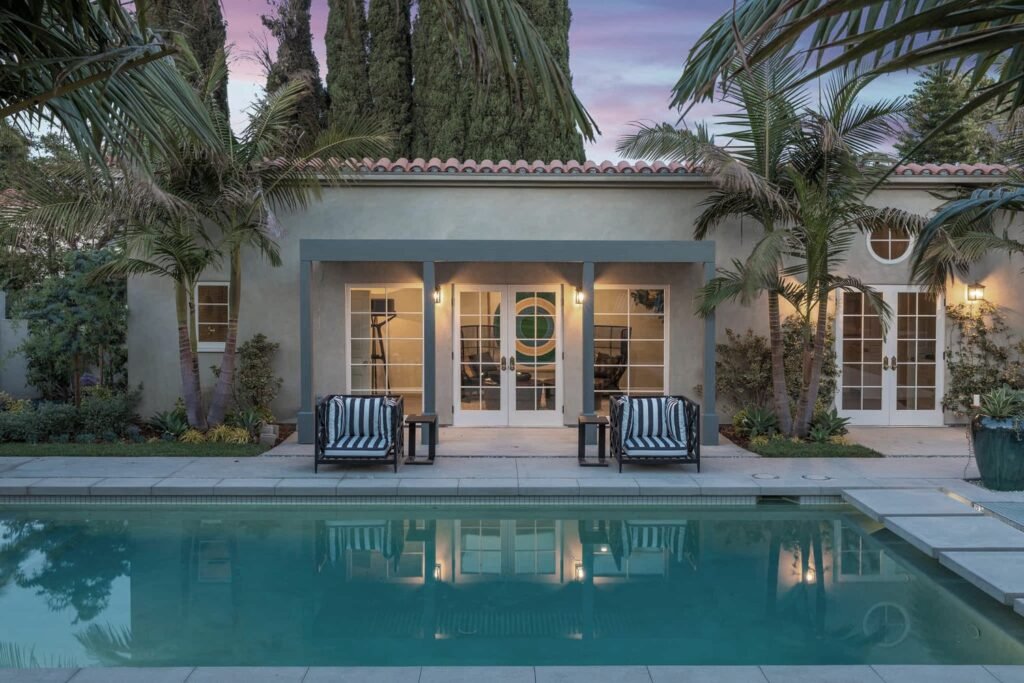
Project by: atelier KL
WHAT DID YOU FIND MOST CHALLENGING ABOUT PRACTICING YOUR PROFESSION IN CALIFORNIA?
The spirit of urban planning and building codes are fairly universal, according to Karim. And finding information on these codes is the same as anywhere else. On the other hand, the process of applying for and obtaining permits can be a real headache. Filing rules are not always clear, and guidance through the process is almost non-existent. What’s more, each city in Los Angeles County has a different permit filing process, which doesn’t make things any easier.
The French touch often helps. Karim thinks it’s more a question of imagination than skill. However, there is a real popular aesthetic culture in Europe that can attract some American customers.
There are some cultural differences. French architects are always surprised by the expectations for residential projects, where very large surfaces are required. Then there’s the measuring system. This is the most novel aspect for a foreigner moving here. You learn quickly, but it takes many years for it to become a reflex. This system of measurement is actually well suited to architecture, since it’s human measurements that facilitate construction and architectural composition.
Finally, for Dorian, it was easier, especially in terms of being able to practice.
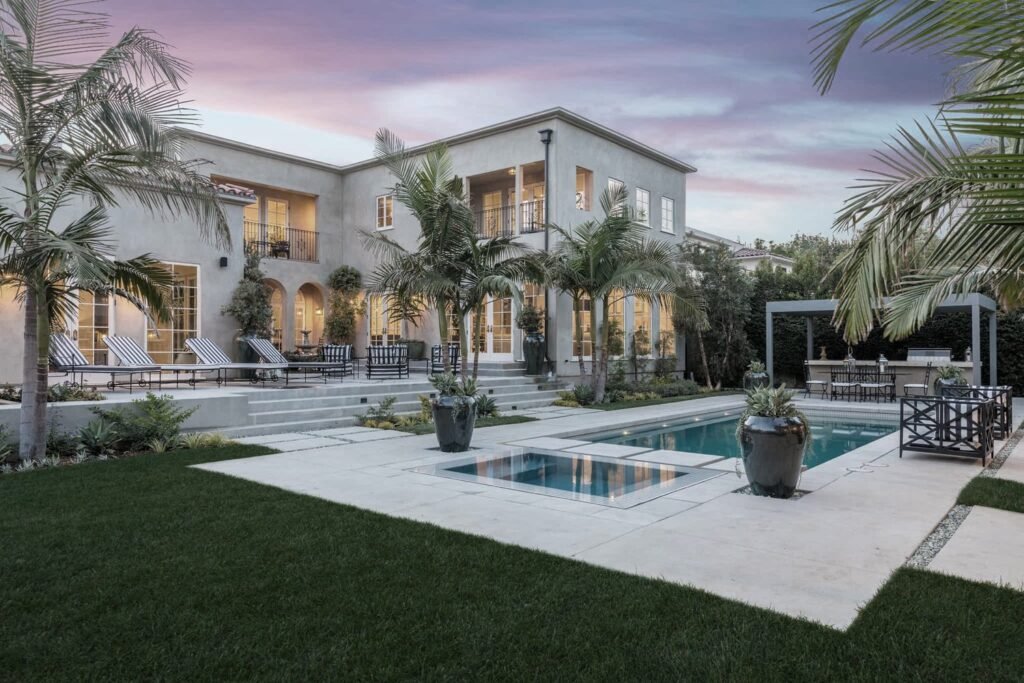
Project by: atelier KL
WHAT ARE THE BIGGEST DIFFERENCES BETWEEN BEING AN ARCHITECT IN THE U.S. AND IN FRANCE?
When it comes to medium-sized and large architectural firms, Karim tells us that it’s much the same. A young person will enter at assistant level and earn his stripes. For self-employed architects, it’s much easier in the United States. This probably has to do with the volume of work. But it’s also linked to a different mentality. Americans aren’t prejudiced and it’s easier to set up your own business here, at least in California. It’s quite easy to build up a professional network.
From an ethical point of view, architects have the same training and mentality in both countries.
The only thing that marks him out a little here is the fact that clients very often separate architecture from interior design, which is done by someone else, and this can often alter the homogeneity of projects.
Finally, the codes and the overpowering economic machine mean that Americans don’t innovate as much as they do in Europe or Asia. Construction here has to move fast, with a simple system and poorly trained workers. In Europe, we have an older tradition, with the Compagnons du devoir and artisan masons. There’s also a real movement towards ecological architecture in Europe, which is a little slower here.
Last but not least, France has a real policy of public projects through architectural competitions. In addition to enabling young agencies to work on public projects (schools, housing, administrative buildings, etc.), this competition system also helps to raise architectural standards.
For Dorian, it’s easier to create a professional network here, especially when you’re just starting out in your career. Nothing is easier than making new acquaintances and staying in touch.
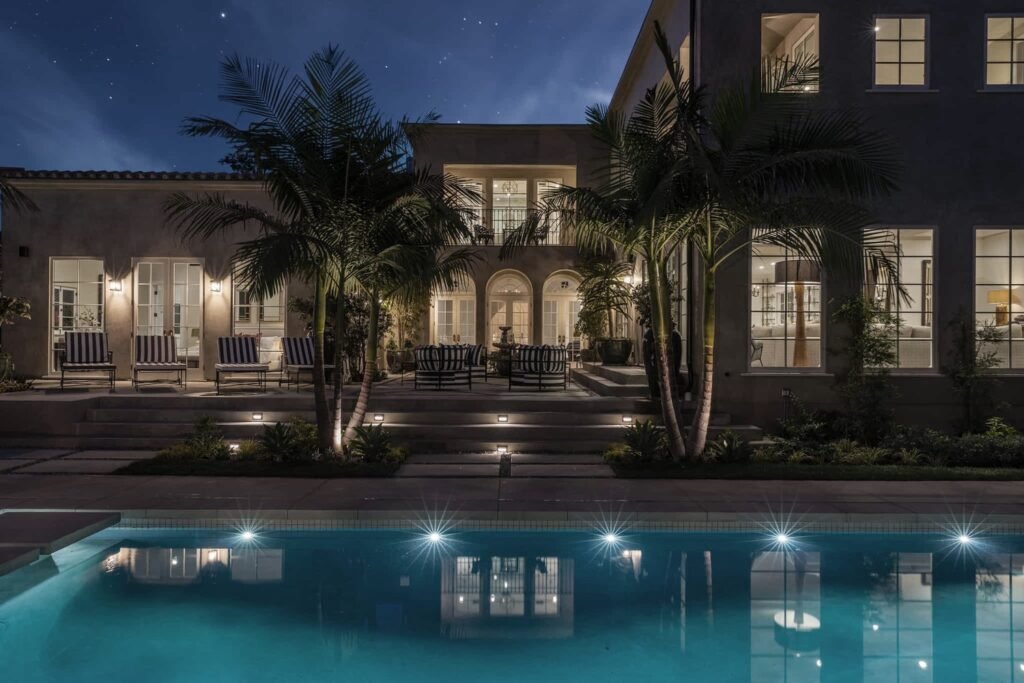
Project by: atelier KL
DO YOU HAVE ANY ADVICE FOR ARCHITECTS WHO WANT TO SET UP IN CALIFORNIA OR WHO ARE MOVING TO CALIFORNIA?
For young people, according to Karim, working in an architectural firm is no more difficult in the United States than in France. Young people need to get to grips with diploma certification in California as soon as they arrive, and be well trained in the most widely-used software. The other obstacle is the cost of living. You have to think about it in advance and come prepared.
“Moving to California is first and foremost a lifestyle choice. It’s very personal, but it’s important to say so. Then, the advice is going to be different for young people just starting out or for architects in the middle of their career.” Karim Ladjili
As for Dorian, had he known about the nuances between architecture and design in California, he would probably have sought an internship in an accredited architecture firm to validate his hours. In this way, he would surely have advanced more quickly in his accreditation to become an architect in California. However, he has no regrets about his path with the architect-designer firm in Malibu.
(1) A gap year is defined as “the period during which a student, enrolled in an initial course of higher education, temporarily suspends his or her studies in order to gain personal or professional experience, either on his or her own or supervised by a host organization in France or abroad”. article L. 611-12 of the French Education Code.
Author: Claire SCHMIDT
View his Services page and her French Cluster Member page or contact her on LinkedIn.



